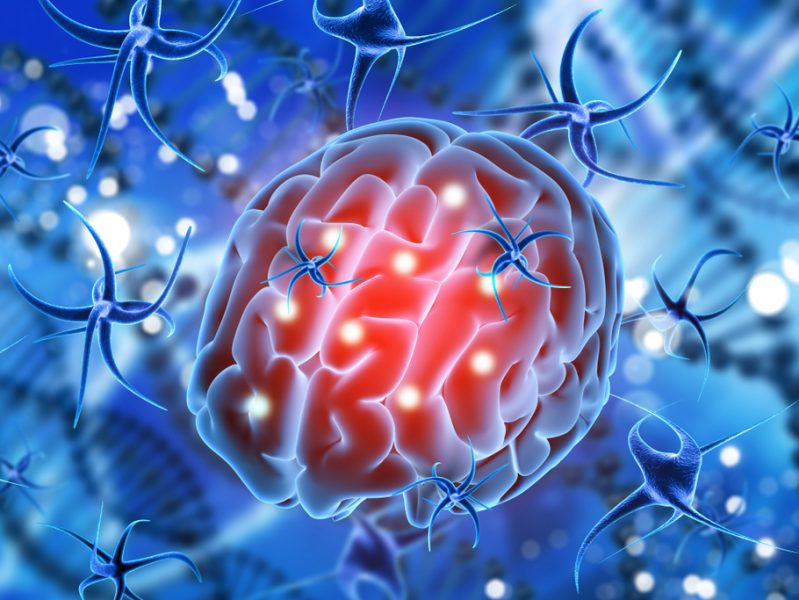
South Korea reports first case of ‘brain-eating amoeba’ infection and death

South Korea has reported its first case of Naegleria fowleri, or “brain-eating amoeba,” which had so far been reported from the US, India, and Thailand. The victim seems to have been infected in Thailand.
The Korean national in his fifties had returned to his home country on December 10 after a four-month stay in the South Asian country. He was hospitalised on the very next day. He died on December 21, The Korean Herald reported.
Most cases in the US
According to the report, the Korea Disease Control and Prevention Agency (KDCA) has confirmed that the man was infected with Naegleria fowleri, an amoeba that destroys human brain cells.
Genetic tests were conducted on three types of pathogens causing Naegleria fowleri. “The testing confirmed the gene in the man’s body was 99.6% similar to that found in a meningitis patient reported abroad,” the KDCA said.
Also read: Diverse and versatile fungi risk causing the next pandemic
The brain-eating amoeba infection was first reported in the US in 1937. As of 2018, 381 Naegleria fowleri cases had been reported in the world. They came from the US, India, and Thailand.
The US has reported most infections — 154 — from 1962 through 2021. According to the US Centers for Disease Control and Prevention, only four people have survived the disease, which puts the death rate to over 97%.
Source and symptoms
This “brain-eating” amoeba is commonly found in warm freshwater lakes, rivers, canals, and ponds throughout the world. It enters the human body by inhalation and travels to the brain, where it destroys brain cells.
Initial brain-eating amoeba symptoms include fever, headache, nausea, or vomiting. Later symptoms can include severe headaches, fever, vomiting, and a stiff neck. The incubation period usually ranges from two to three days, with 15 days being the maximum.
Also read: Disease-causing microbes are killing people and antibiotics aren’t helping
Human-to-human transmission of Naegleria fowleri is impossible. The KDCA has said most brain-earing amoeba cases start through swimming, though the risk of infection is not high. However, as a precautionary measure, it has asked people to avoid swimming in areas where cases have been reported.
(With agency inputs)


